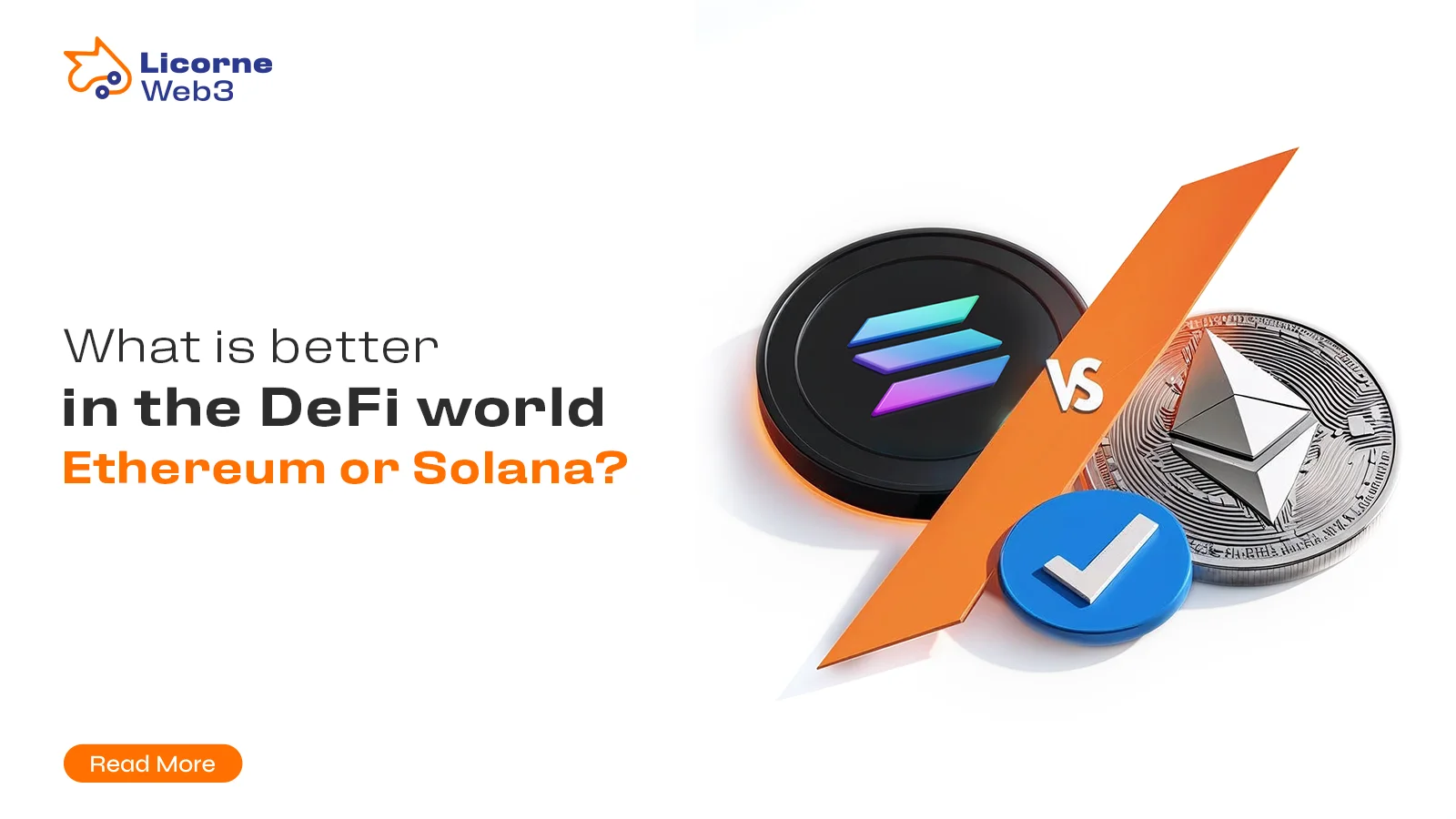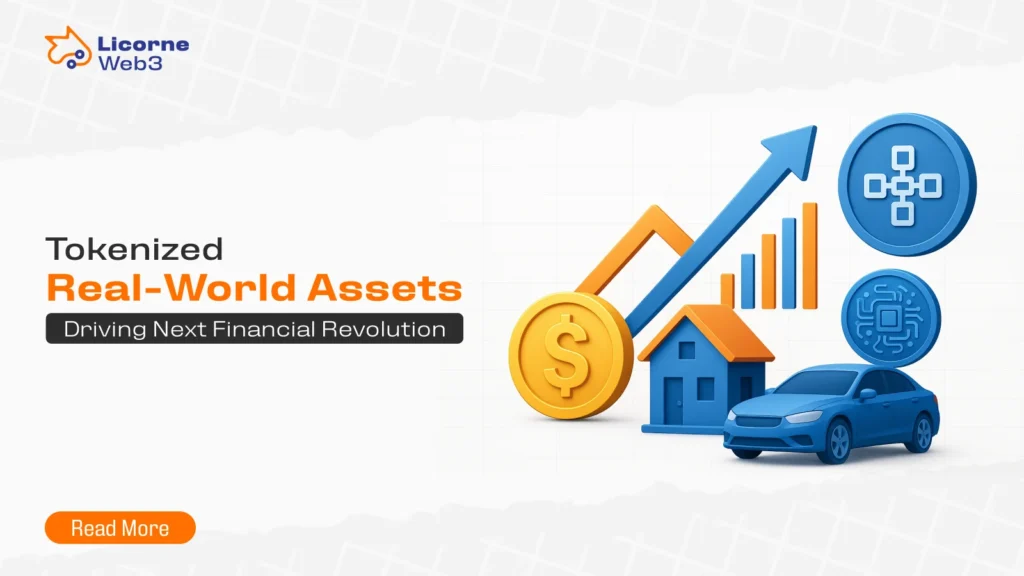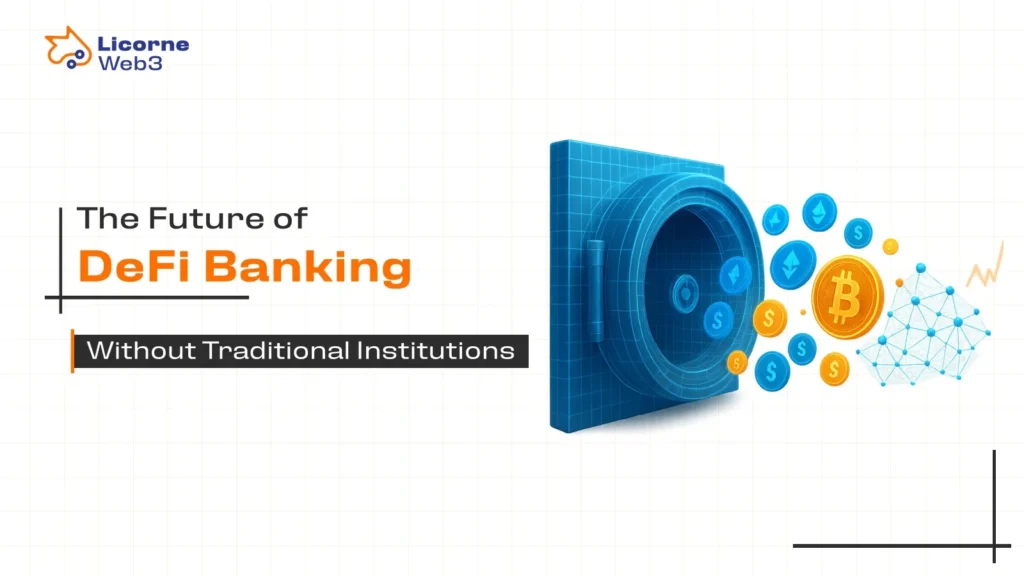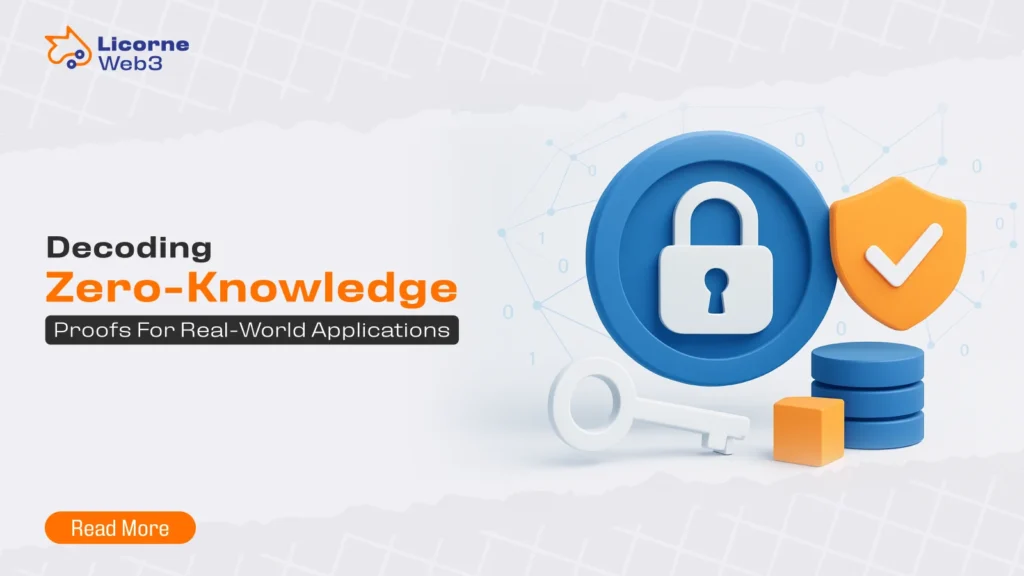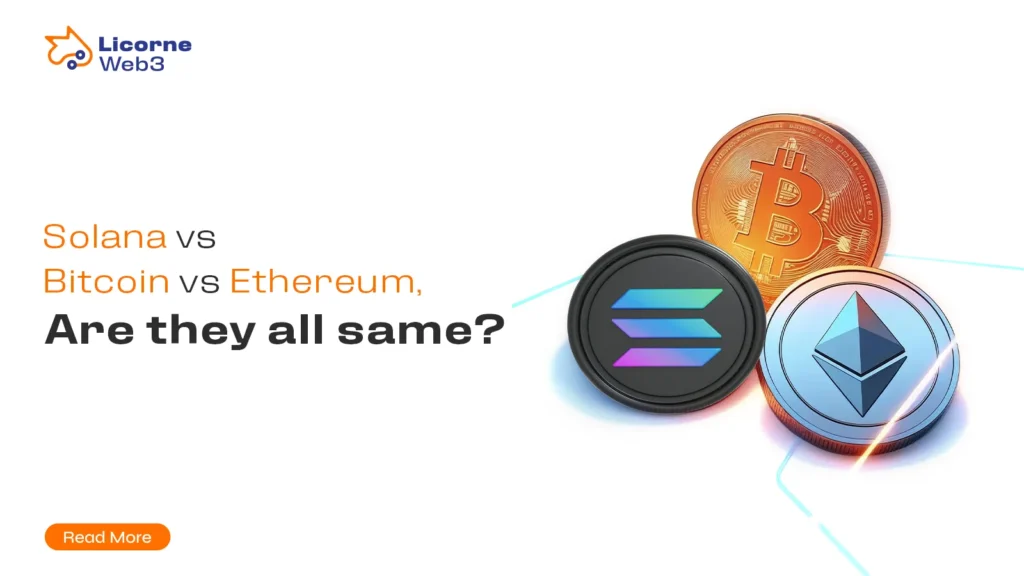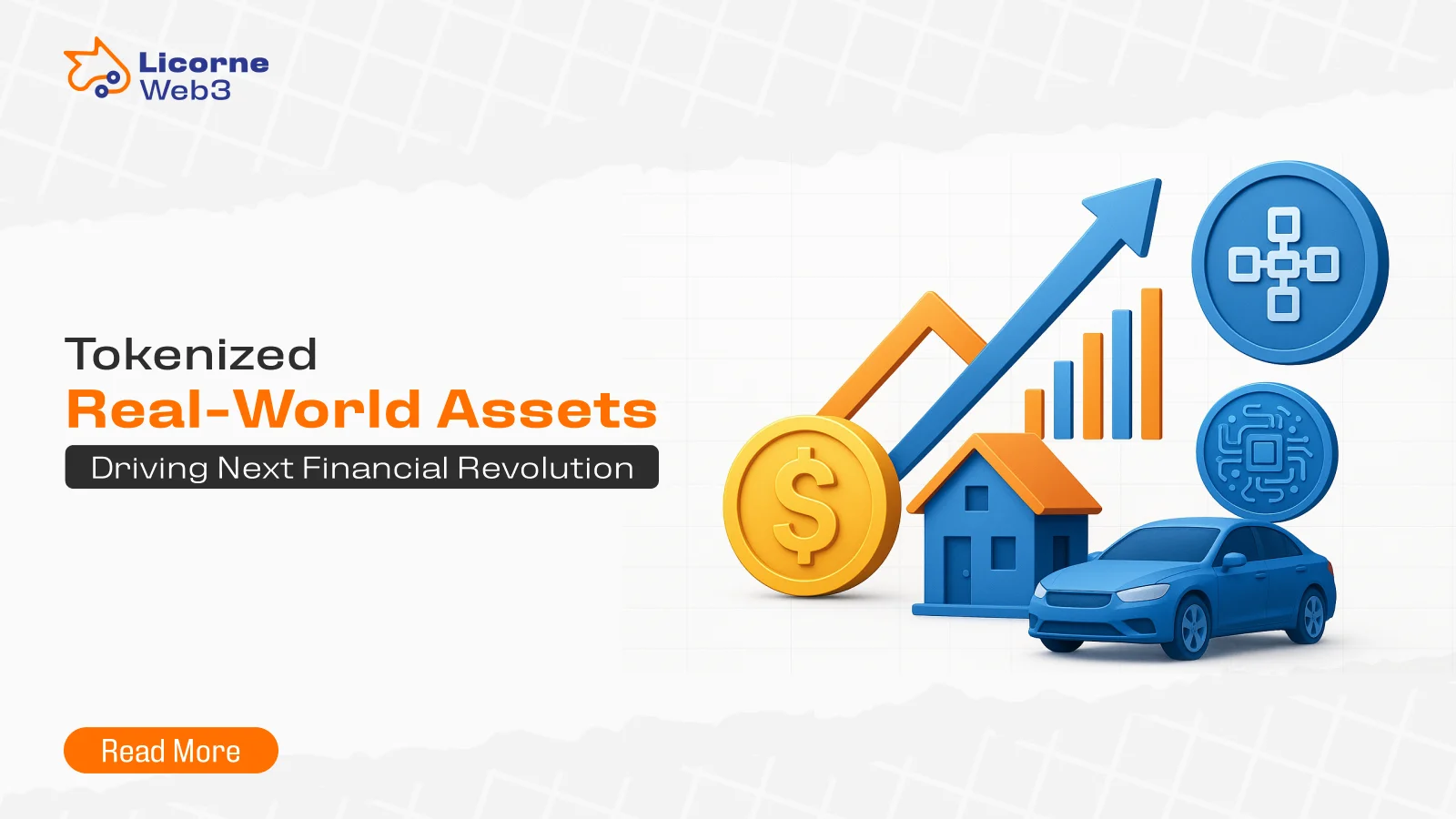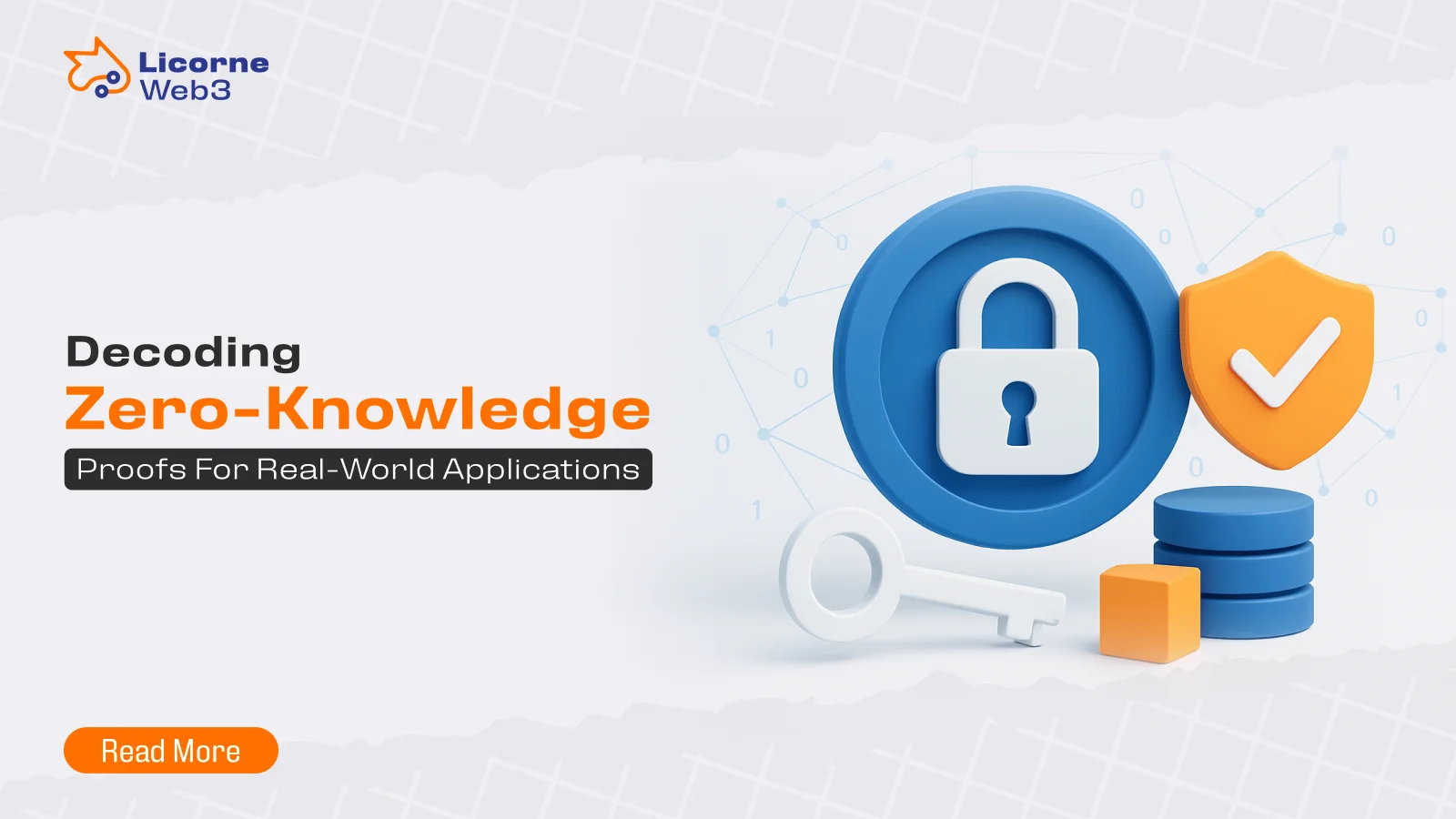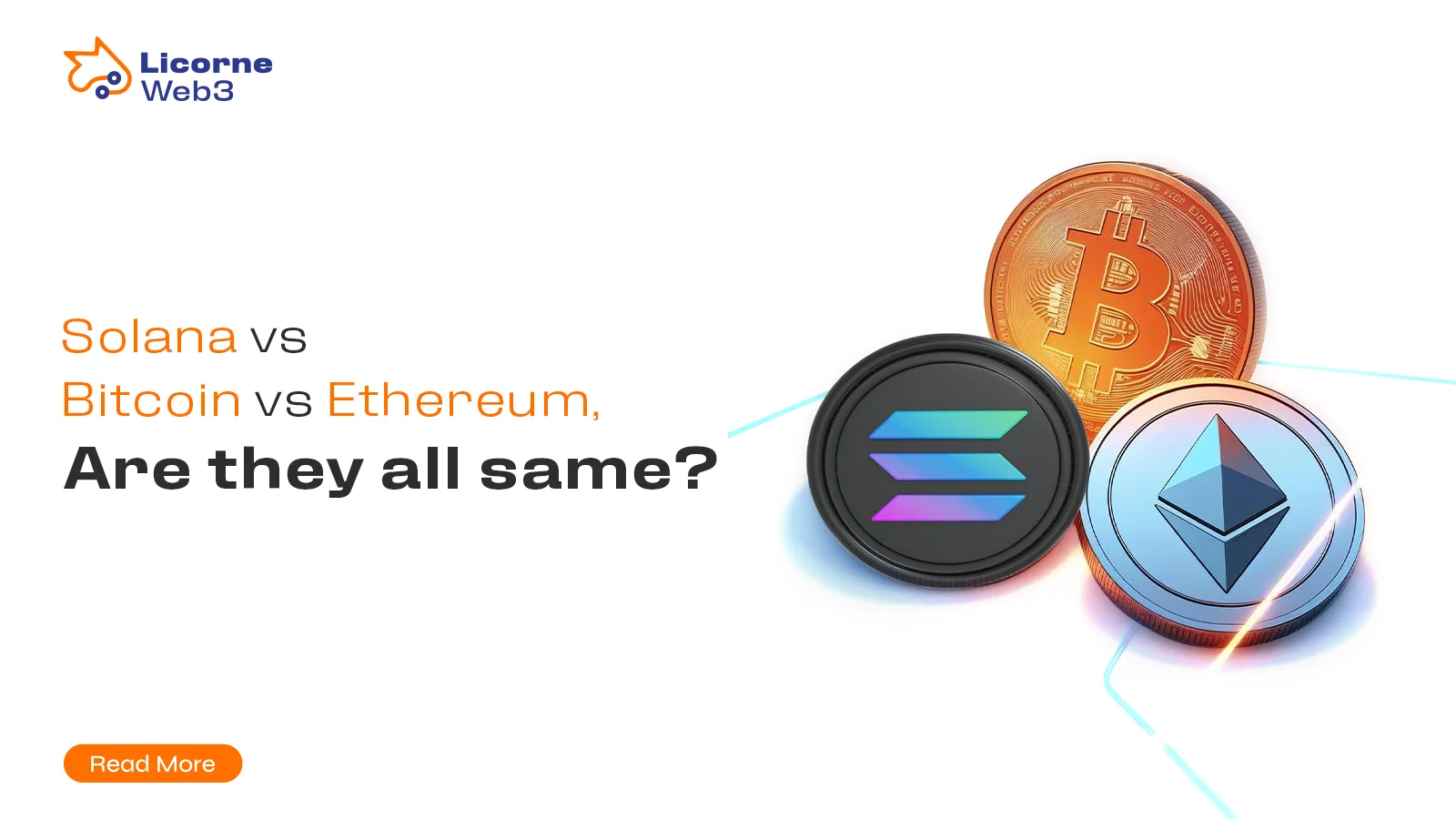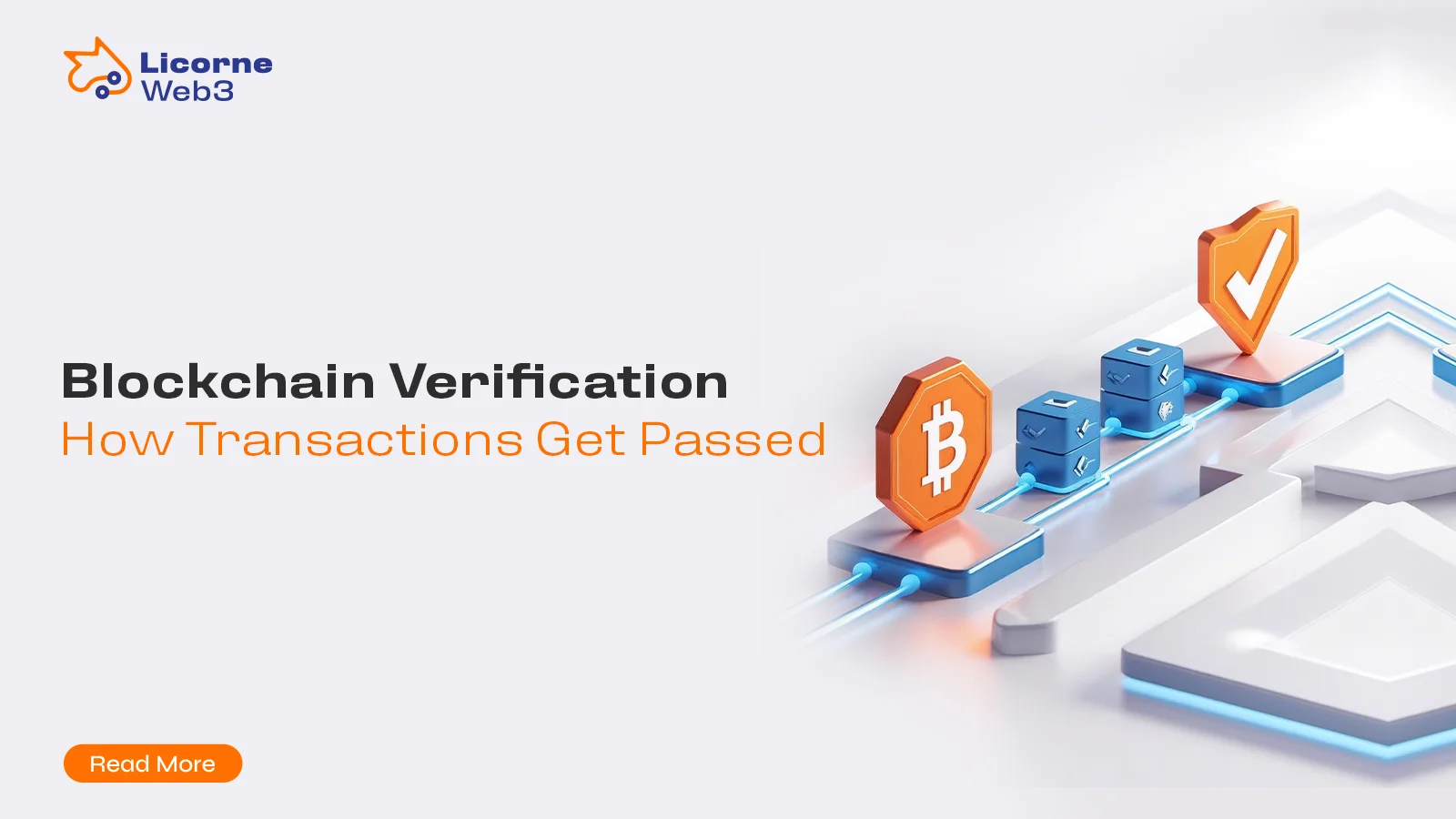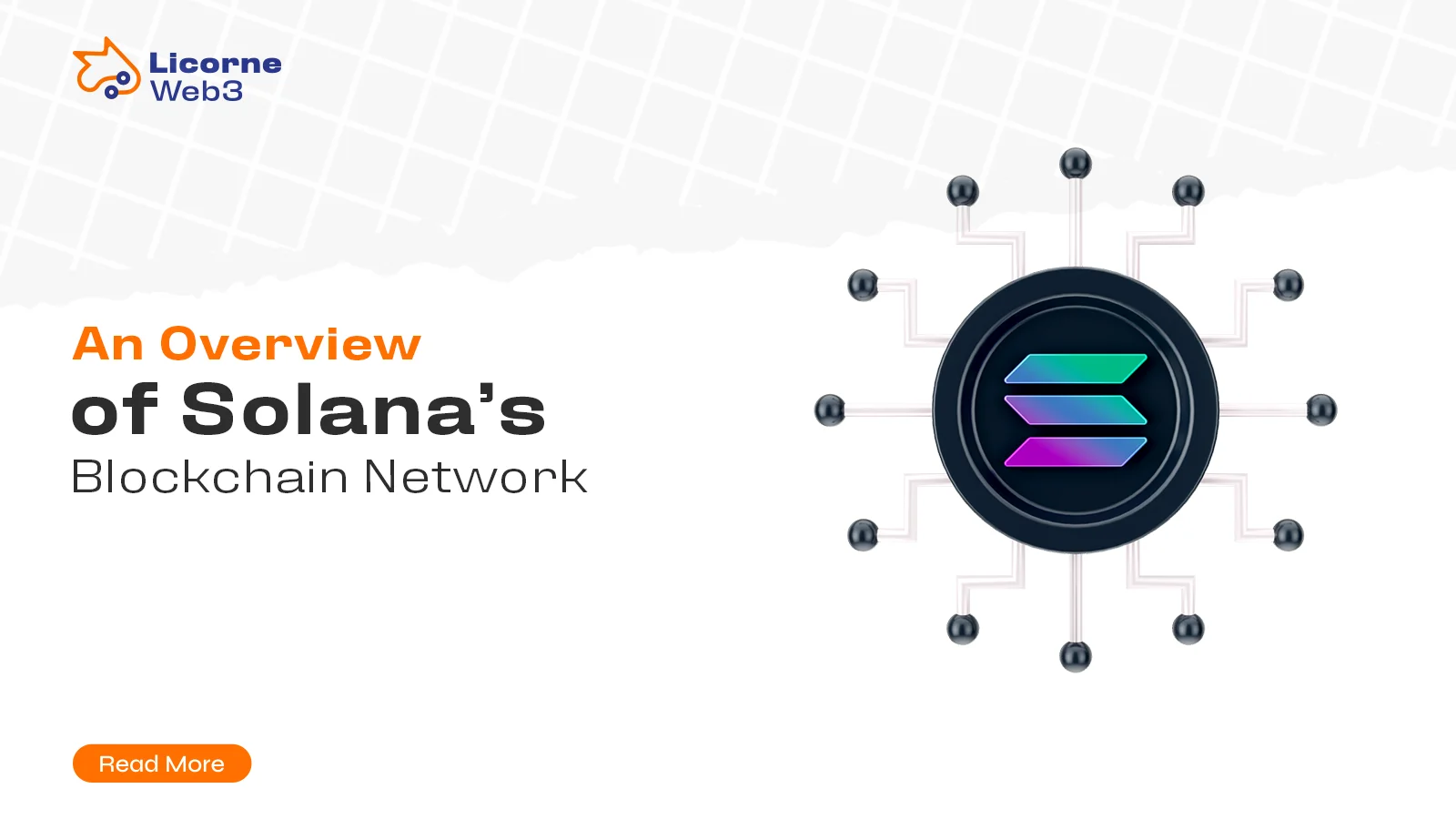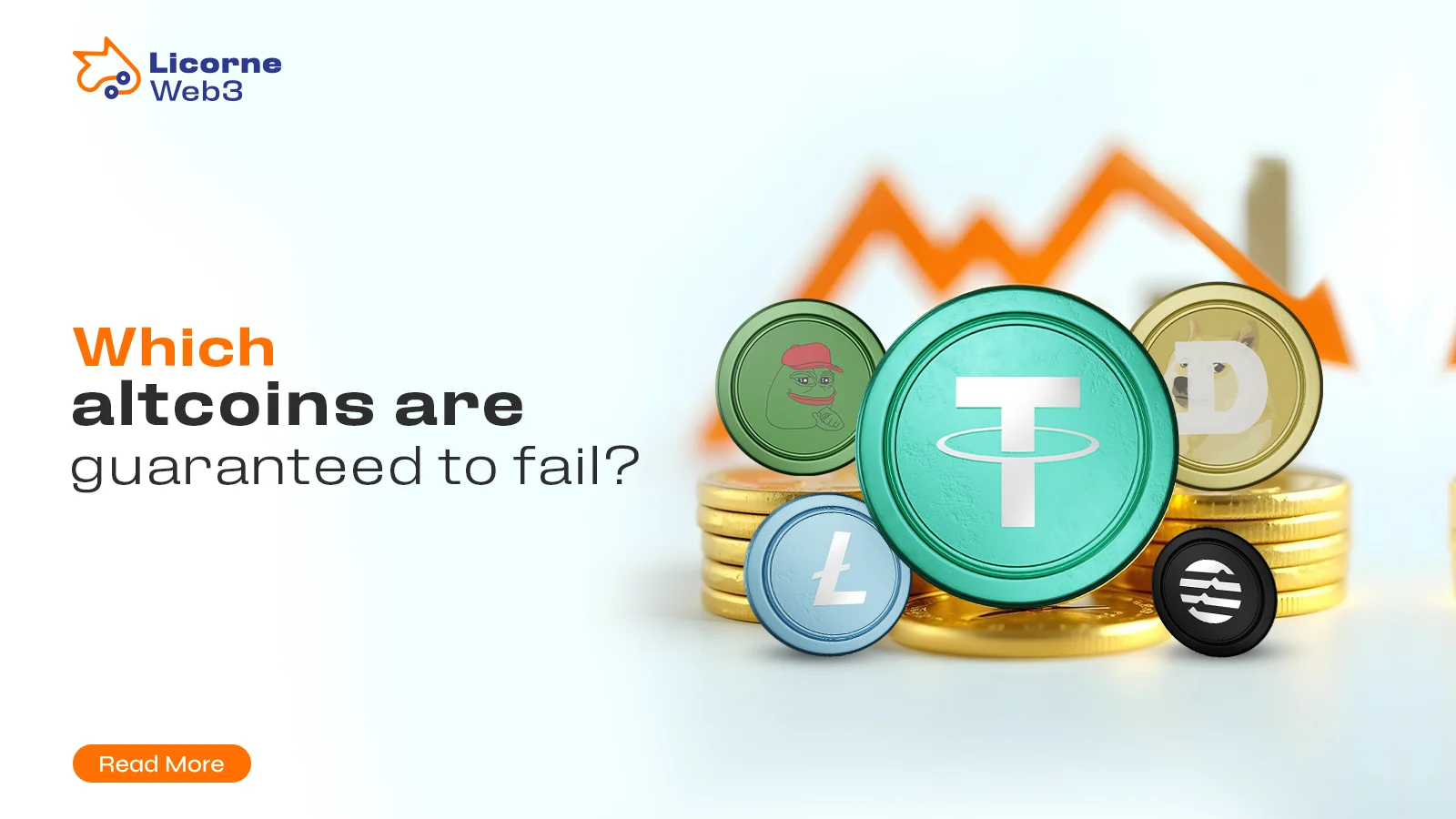In the ever-evolving world of decentralized finance (DeFi), choosing the right blockchain technology can dramatically impact speed, scalability, and overall user experience. Two leading contenders have emerged as frontrunners in powering next-generation DeFi platforms: Ethereum, the battle-tested pioneer with the largest market cap, and Solana, the performance-focused newcomer shaking up how we think about transaction costs and throughput.
Both platforms offer robust support for smart contracts and a vibrant ecosystem of decentralized applications, but their technical foundations and community priorities differ in meaningful ways. Ethereum is home to thousands of DeFi protocols, decentralized exchanges, and digital assets, forming the backbone of today’s financial services innovation on the blockchain. However, with growing network demand, Ethereum often battles high gas fees and limited transaction throughput, challenges that Solana seeks to overcome with a high-speed consensus model and ultra-low fees.
This blog dives into an in-depth comparison of Ethereum and Solana across five critical categories:
✅ DeFi Market Share & Adoption
✅ Transaction Speed & Costs
✅ Security & Decentralization
✅ Developer Ecosystem
✅ Future Outlook
Whether you’re building a new DeFi protocol, launching a decentralized exchange, or simply seeking the best platform for moving digital assets, understanding these differences will help guide your journey through the decentralized economy. Let’s explore which chain truly leads in transforming the future of finance.
1. DeFi Market Share & Adoption
In today’s fast-paced crypto market, two major blockchain platforms continue to lead the charge in shaping the future of decentralized finance platforms: Ethereum, often hailed as the DeFi king, and Solana, the high-performance challenger frequently dubbed an “Ethereum killer.”
Ethereum: The DeFi King
- Total Value Locked (TVL): Over $50B, commanding around 65% of the entire DeFi ecosystem.
- Top Protocols: Uniswap, Aave, Lido, MakerDAO, some of the most influential and battle-tested DeFi coins.
- Advantages: Ethereum remains the most trusted and widely adopted smart contract platform, supporting a massive array of digital assets, NFT marketplaces, and decentralized applications.
- Consensus Mechanism: Transitioned from Proof of Work to Proof of Stake, reducing energy consumption and paving the way for scalability improvements.
- Market Standing: Ethereum’s deep liquidity, mature infrastructure, and network effects give it a dominant position in both DeFi protocols and overall market cap rankings.
Solana: The Speed Demon
- Total Value Locked (TVL): Surpassing $4B and expanding rapidly as new DeFi coins and platforms emerge.
- Top Protocols: Jupiter, Raydium, MarginFi, Kamino, leading DeFi applications that excel in transaction efficiency.
- Advantages: Solana is built for speed, offering thousands of transactions per second with extremely low transaction costs, an ideal environment for active traders, fast-paced dApps, and immersive NFT marketplace experiences.
- Consensus Mechanism: Utilizes a hybrid model combining Proof of Stake and its unique Proof of History protocol, optimizing performance without sacrificing security.
- User Experience: Known for its slick interfaces and lightning-fast execution, Solana continues to attract new developers and users exploring Web3, gaming, and finance.
2. Transaction Speed & Costs
| Metric | Ethereum | Solana |
| Transactions Per Second (TPS) | ~30 (100K+ with Layer 2s) | 3,000+ |
| Average Fee | $1-$50 (Mainnet) | $0.001-$0.01 |
| Finality Time | ~5-15 mins (Mainnet) | ~400ms |
- Ethereum’s Scaling Solution: Layer 2 rollups (Arbitrum, Optimism) reduce fees but add complexity.
- Solana’s Edge: Native speed makes it ideal for high-frequency trading and microtransactions.
Winner? Solana is faster & cheaper, but Ethereum’s Layer 2s are catching up.
3. Security & Decentralization
| Factor | Ethereum | Solana |
| Consensus | Proof-of-Stake (PoS) | Proof-of-History (PoH) + PoS |
| Validator Nodes | ~1M+ (high decentralization) | ~2,000 (more centralized) |
| Downtime History | Almost none | Multiple outages in 2022-23 |
- Ethereum: More decentralized and resilient (no major hacks on its base layer).
- Solana: Faster but has faced network halts due to congestion.
Winner? Ethereum is more secure & decentralized.
4. Developer Ecosystem
In the growing DeFi landscape, two major Layer 1 blockchains have emerged as dominant forces: Ethereum, the original smart contract pioneer co-founded by Vitalik Buterin, and Solana, a high-performance challenger making waves with speed and scalability. As both networks continue to power the infrastructure of DeFi networks, cryptocurrency exchanges, and advanced trading platforms, understanding their strengths is essential for developers, investors, and users engaging with digital assets and staking yielding protocols.
Ethereum: The Smart Contract Pioneer
- Programming Language: Ethereum utilizes Solidity, a mature and widely-adopted language specifically designed for creating smart contracts. Its vast documentation and robust tooling make it accessible to beginners and professionals alike.
- Developer Tools: Ethereum’s ecosystem supports powerful frameworks like Hardhat, Truffle, and Foundry, allowing developers to test, debug, and deploy smart contracts efficiently.
- Advantages:
- Home to the largest developer community in the blockchain space.
- Most audited protocols, making it a cornerstone of trust in decentralized finance.
- Supports a vast array of DeFi networks, including Yield Farming, NFT marketplaces, lending platforms, and synthetic assets.
- Ethereum’s transition to Proof of Stake has significantly reduced its environmental footprint while improving scalability.
- Integration & Market Position:
- Widely integrated with leading cryptocurrency exchanges and wallets, Ethereum is the foundation for many DeFi applications and legacy-onboarding into blockchain-based banking systems.
- It’s particularly strong in sectors merging artificial intelligence and finance, paving the way for predictive analytics, decentralized credit scoring, and smart wealth management.
Solana: The High-Performance Alternative
- Programming Language: Solana uses Rust, a systems programming language known for speed and memory safety. While powerful, Rust presents a steeper learning curve compared to Solidity.
- Developer Tools: Developers rely on tools like Anchor (a Rust framework for Solana) and Solana CLI for building and deploying smart contracts.
- Advantages:
- Exceptional transaction throughput, capable of processing thousands of transactions per second with minimal gas fees.
- Ideal for performance-sensitive applications like real-time trading platforms, NFT launches, and fast-paced DeFi services.
- Strong support for staking yielding protocols and growing liquidity for Yield Farming.
- Network Design & Ecosystem:
- Solana’s hybrid consensus model blends Proof of Stake with Proof of History, resulting in fast finality and scalable block production.
- While younger, Solana has gained traction among developers looking to build innovative DeFi networks and cryptocurrency exchanges with lower costs and superior user experience.
- Solana is beginning to make inroads into enterprise-grade solutions and decentralized data storage, with some efforts touching on artificial intelligence inference models
While Ethereum maintains dominance in terms of developer tools, protocol maturity, and overall adoption, Solana is rapidly innovating with speed, low transaction costs, and improved scalability. Ethereum may still be the preferred choice for building secure and complex protocols on a battle-tested foundation, but Solana is carving out its niche in performance-driven DeFi and next-gen blockchain platforms. Depending on your goals, whether launching a secure lending protocol or a real-time trading platform, each offers compelling advantages in shaping the future of digital finance.
5. Future Outlook
As the DeFi landscape matures, both Ethereum and Solana are accelerating development to cement their places in the future of blockchain platforms, digital assets, and decentralized innovation. While Ethereum continues to strengthen its dominance, Solana is carving out space as the go-to chain for scalable DeFi networks and performance-driven applications.
Ethereum’s Roadmap: Scaling the King of DeFi
Ethereum has one of the most ambitious roadmaps in the crypto market, driven by its commitment to decentralization, scalability, and innovation. After transitioning to Proof of Stake, Ethereum is now poised for its next leap: Ethereum 2.0 upgrades, most notably Danksharding, a breakthrough that promises to dramatically increase transaction throughput while lowering fees and supporting more complex smart contracts. This evolution will be a game-changer for high-demand DeFi platforms, NFT marketplaces, and artificial intelligence modules built on Ethereum.
In parallel, Ethereum is embracing a Layer 2 dominance strategy. Solutions like Arbitrum, zkSync, and StarkNet are rapidly gaining traction, offering faster and cheaper interactions without compromising on security. These L2s create an environment where developers can launch scalable decentralized applications that maintain compatibility with Ethereum’s robust tooling and network effects.
Ethereum is also a foundational layer for advanced financial services, including algorithmic trading, stablecoins, and decentralized exchanges. With support from a massive developer ecosystem and widespread integrations with cryptocurrency exchanges, Ethereum’s long-term viability remains unmatched.
Solana’s Roadmap: Speed, Reliability, and Broader Adoption
Solana is laser-focused on solving blockchain’s scalability challenge from the ground up. With its hybrid consensus model (combining Proof of Stake and Proof of History), Solana already delivers lightning-fast transactions per second, a key differentiator that appeals to users who prioritize speed and cost-efficiency in their user experience.
To boost reliability and decentralization, Solana’s upcoming Firedancer upgrade, built by Jump Crypto, is set to radically improve validator performance and network stability. Once live, Firedancer will make Solana significantly more resilient against outages and give developers stronger guarantees for mission-critical applications.
Beyond infrastructure, Solana’s ultra-low transaction costs and streamlined tooling are attracting a new wave of developers and users to its ecosystem. Expect deeper adoption across NFT marketplaces, DeFi protocols, and next-gen verticals like gaming, social dApps, and artificial intelligence-enhanced platforms. With initiatives supporting staking yielding and composable DeFi networks, Solana is swiftly expanding its reach among newer entrants to the space.
Final Verdict: Which is Better for DeFi?
| Use Case | Best Choice |
| Security & long-term storage | Ethereum |
| High-frequency trading & low fees | Solana |
| Building complex dApps | Ethereum |
| NFT launches & retail DeFi | Solana |
Conclusion:
Both Ethereum and Solana play vital roles in the evolving world of blockchain and decentralized finance. Ethereum stands strong as the trusted backbone of DeFi, backed by deep liquidity, battle-tested smart contracts, and the largest developer community. Solana, on the other hand, pushes boundaries with blazing speed, near-zero fees, and innovations designed for the next wave of crypto-native apps, especially in areas like NFTs, trading platforms, and mobile-first experiences.
Ultimately, your choice depends on the kind of product you’re building, the users you’re targeting, and your appetite for innovation versus stability. Whether it’s Ethereum’s mature infrastructure or Solana’s rapid performance, each chain unlocks different possibilities in the decentralized future.
Author
-

Blockchain Writer & Web3 Expert
View all posts
Areej Maqbool is a Blockchain writer and thought leader with over 5 years of experience in crafting compelling narratives and insights on blockchain and Web3 innovation. Her expertise spans the intersection of technology, business, and society, with a focus on decentralized applications, smart contracts, and blockchain adoption.
Key Expertise:
- Blockchain and Web3 storytelling
- Technical writing for blockchain and Web3 projects
- Thought leadership and opinion editorials
- Research and analysis on blockchain and Web3 trends


